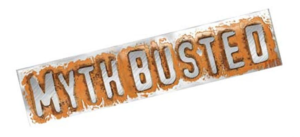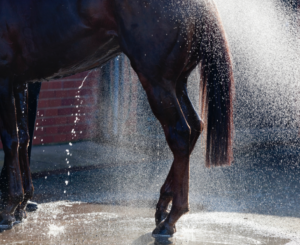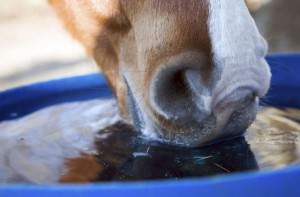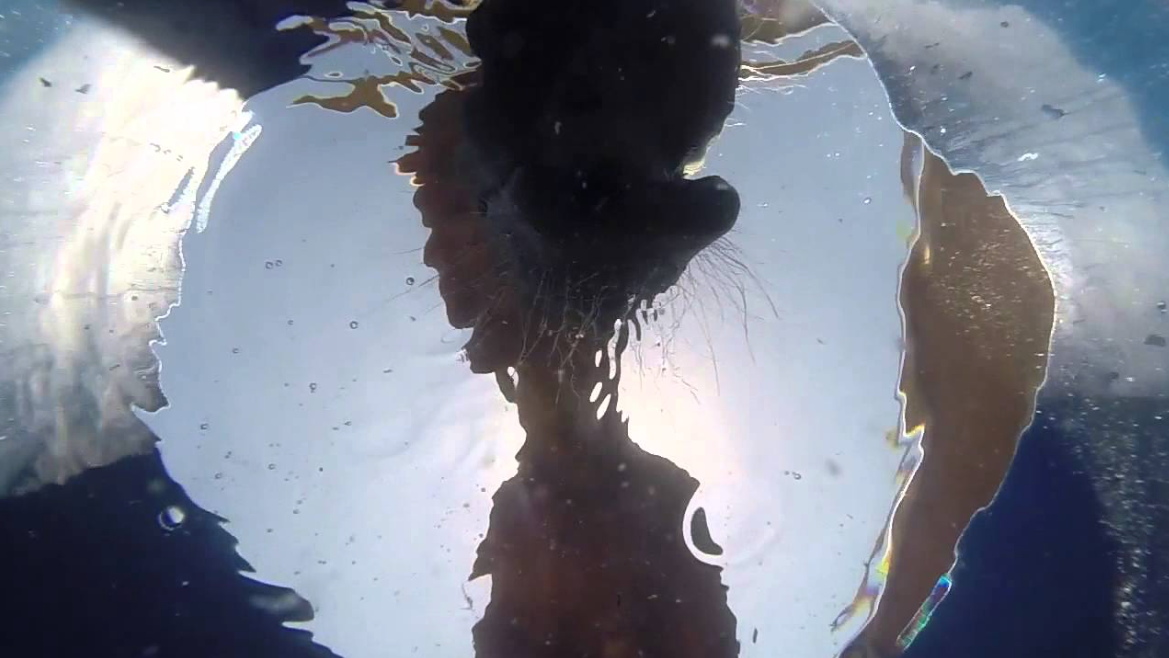After learning about the importance of conditioning in preventing and how to identify heat issues it’s time to learn about what kind of treatment you can give your horse or mule if it should become overly hot or dehydrated.
 Rest, water, and relief are the biggest things that we can do to help a horse or mule and they’re the same things that we’d do for ourselves. Unfortunately there are some misconceptions that should be addressed. Both of the beliefs shown below have been proven wrong in veterinary studies conducted during the 1996 Olympics held in Atlanta, GA where it was both very hot and very humid.
Rest, water, and relief are the biggest things that we can do to help a horse or mule and they’re the same things that we’d do for ourselves. Unfortunately there are some misconceptions that should be addressed. Both of the beliefs shown below have been proven wrong in veterinary studies conducted during the 1996 Olympics held in Atlanta, GA where it was both very hot and very humid.
- “Never let a hot horse drink more than one or two swallows of water at a time.” – Although allowing a hot horse to consume unrestricted amounts of water may lead to problems such as colic due to hyper-distension of the stomach, it should be remembered that a typical horse’s stomach can hold between 2 and 4 gallons of fluid without being distended. So, even though a horse’s stomach is small compared to other animals of its size, one or two sips of water at a time is overly restrictive when the hot horse is rapidly losing water trying to keep itself cool.
- “Never give cold water to a hot horse – either inside or out.” – To help a heat-stressed horse’s core body temperature cool down, you can speed the evaporative process by moving him to a shaded area and dousing his entire body with cold water. You can draw a lot of heat out of horse with nearly freezing water in large volumes all over the exercising muscles of the horse, and horse will not tie up afterwards. With a heat stressed horse, especially in a humid climate, you need to try to quickly cool the whole horse.
What does work to treat heat stress is:
 Dousing with water – Maximize conductive heat loss with a water bath. The goal is to cool the blood in the major vessels along the neck, on the belly, and inside the legs. The cool water will take up body heat as it is warmed, so the water will need to be repeatedly scraped off with a sweat scraper in order to remove the heat. If water is not limited, it can be applied to the horse’s entire body, taking care not to get it in the horse’s nostrils or ears.
Dousing with water – Maximize conductive heat loss with a water bath. The goal is to cool the blood in the major vessels along the neck, on the belly, and inside the legs. The cool water will take up body heat as it is warmed, so the water will need to be repeatedly scraped off with a sweat scraper in order to remove the heat. If water is not limited, it can be applied to the horse’s entire body, taking care not to get it in the horse’s nostrils or ears.- Increase air flow – Stand the horse in front of a fan or in a natural breeze to allow convection to pull heat and moisture away from the skin.
- Shade – If possible keep the horse out of the sun to minimize any additional heat gain from the sun’s radiation and help maximize the heat loss from convection and conduction.
 Drinking cool water – Giving your horse drinking water will help with conductive heat loss while restoring the body fluids lost in sweat. Let the horse voluntarily drink 2 to 3 gallons of water at a time separated by 10- to 15-minute intervals until the horse is no longer thirsty.
Drinking cool water – Giving your horse drinking water will help with conductive heat loss while restoring the body fluids lost in sweat. Let the horse voluntarily drink 2 to 3 gallons of water at a time separated by 10- to 15-minute intervals until the horse is no longer thirsty.
If rest, water, and cooling strategies don’t relieve the horse’s stress it’s time for a visit to the nearest veterinarian.
Practically speaking, riders in many cases can do a lot to reduce the chances of heat issues by making plans to keep horses out of harm’s way.
Look for riding areas that avoid the worst of the heat. A forest ride will be cooler than open country and higher elevations will be cooler than valley floors.
 During very hot weather, horses should be transported at night when temperatures are cooler. Never let a trailer sit (unmoving) in the hot sun with horses inside. The van or trailer should spend as little time as possible standing still once the horses are loaded. When traveling, make sure the vents are open, remove back curtains or top doors for more air movement.
During very hot weather, horses should be transported at night when temperatures are cooler. Never let a trailer sit (unmoving) in the hot sun with horses inside. The van or trailer should spend as little time as possible standing still once the horses are loaded. When traveling, make sure the vents are open, remove back curtains or top doors for more air movement.


